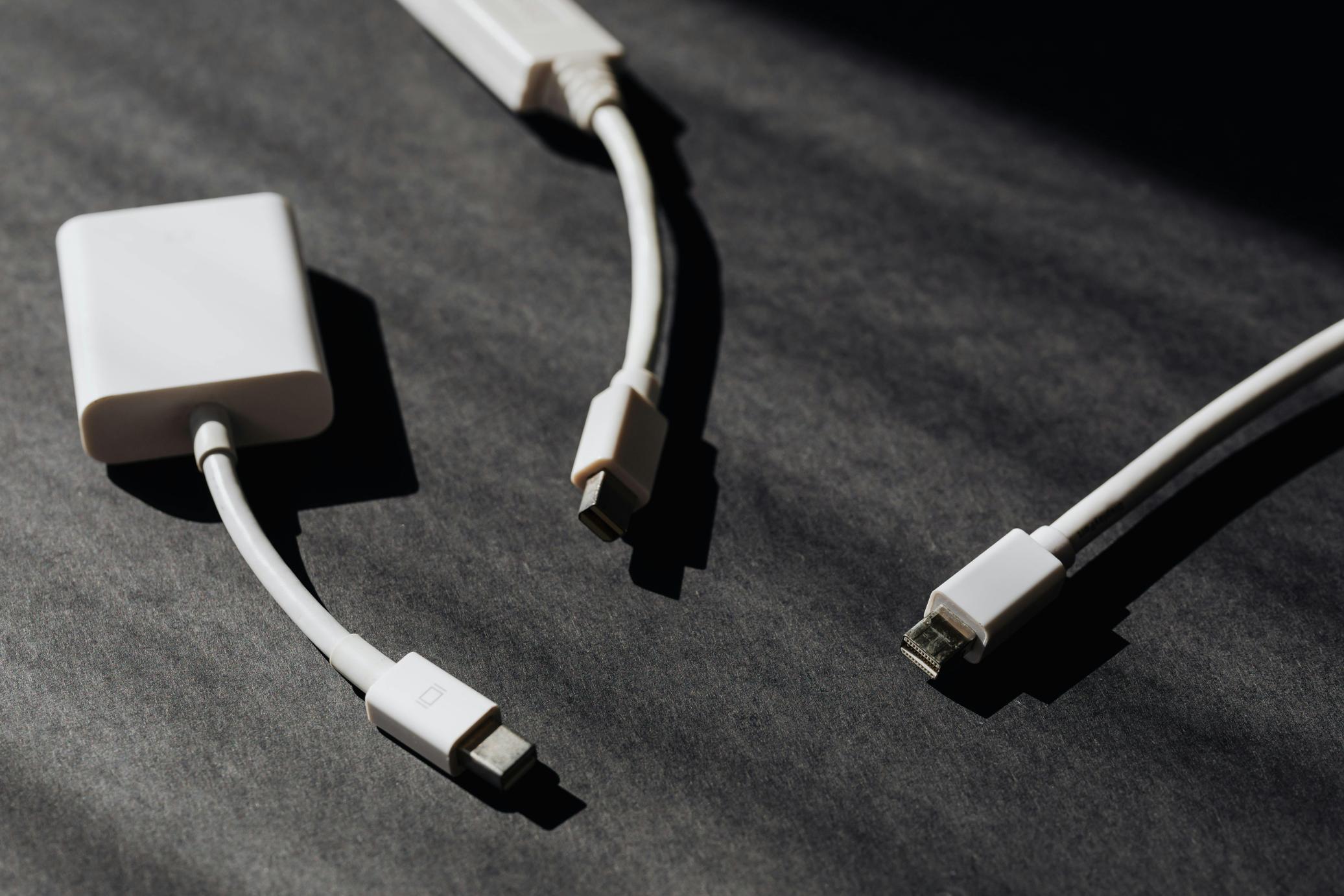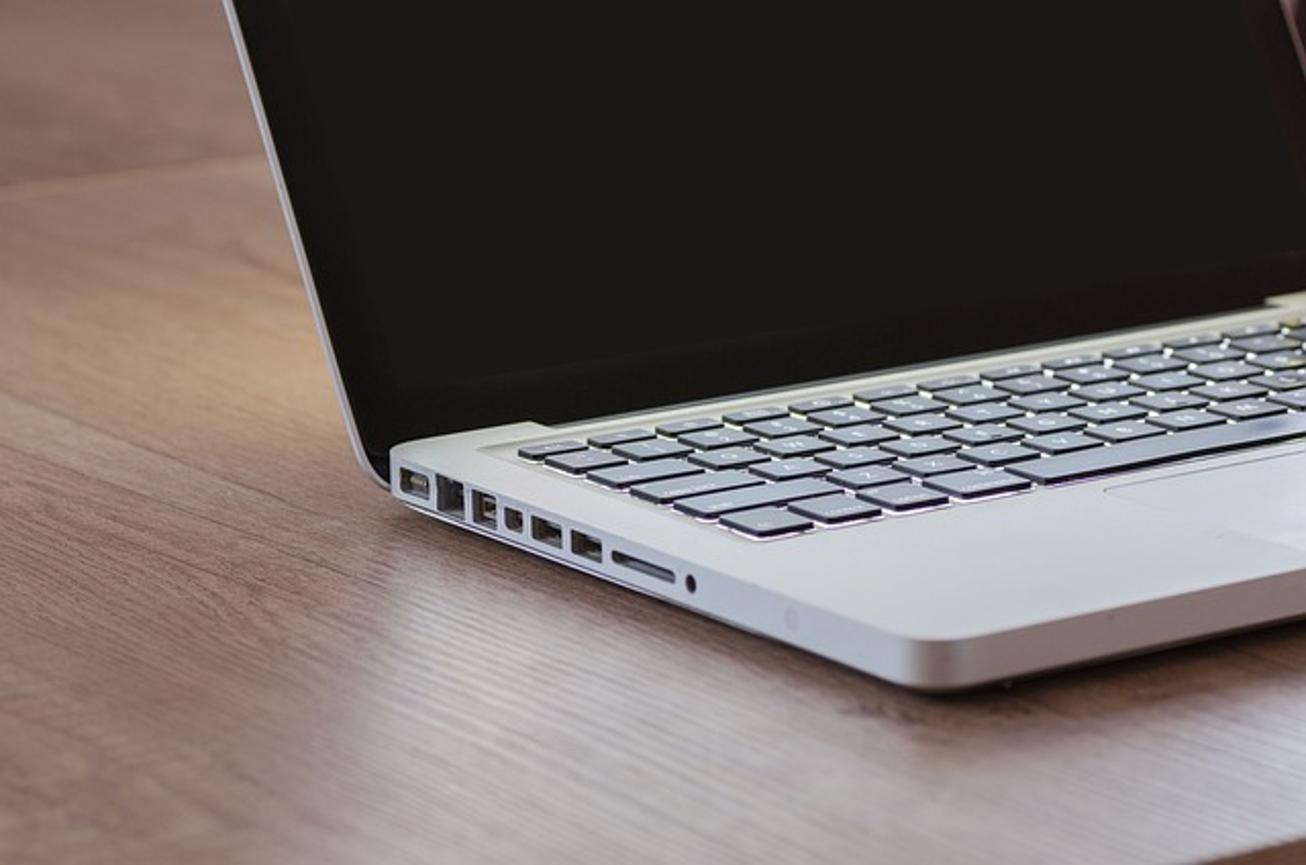Solving "My Computer Is Saying Can't Connect to This Network"
Introduction
Encountering the 'My computer is saying can't connect to this network' error can be incredibly frustrating, especially when you need immediate internet access. This error can stem from various causes, such as software glitches, outdated drivers, or hardware issues. This blog will guide you through the steps to identify and resolve these problems efficiently, ensuring that your connection is restored without a hitch.
Network connection issues can arise from multiple sources within your computer system or external network infrastructure. Typically, these problems occur due to misconfigured network settings, conflicting IP addresses, outdated network drivers, or issues with the network adapter. Understanding the root cause is crucial for resolving the 'can't connect to this network' error effectively.
By identifying whether the issue originates from your computer, router, or Internet Service Provider (ISP), you'll be better equipped to apply the correct solution. Now, let’s perform some quick checks before delving into more detailed troubleshooting.
Before we dive into the more intensive troubleshooting steps, it’s essential to perform a few basic checks that can sometimes resolve the issue quickly:
- Restart Your Computer and Router: A simple restart can refresh your system and resolve temporary connectivity issues.
- Check Physical Connections: Ensure that all cables are securely connected and there are no signs of damage.
- Check for Outages: Verify with your ISP to ensure there are no outages or maintenance works in your area.
- Disable Airplane Mode: Ensure that Airplane Mode is turned off as it disables all wireless communications.
- Use a Different Device: Check if other devices can connect to the same network to isolate whether the issue is with your computer or the network itself.
- Reconnect to the Network: Forget the network on your computer and reconnect to it by entering the correct network password.
If the issue persists after these quick checks, it's time to move on to more detailed troubleshooting steps.

Resetting Network Settings
Resetting network settings can often clear up any misconfigurations hindering your connection. Here’s how you can do it:
- Windows 10:
- Go to Settings > Network & Internet > Status.
- Scroll down and click on Network reset.
-
Follow the on-screen instructions and restart your computer.
-
MacOS:
- Go to System Preferences > Network.
- Select your network connection and click on the minus (-) button to remove it.
- Click on the plus (+) button to add it back.
After resetting the network settings, reconnect to your network to see if the issue is resolved.
Updating Network Drivers
Outdated network drivers can cause various connectivity issues. It’s essential to keep them updated to ensure smooth network performance.
- Go to Device Manager:
- Right-click on the Start button and select Device Manager.
- Locate Network Adapters:
- Expand the Network adapters section.
- Update Driver:
- Right-click on your network adapter and select Update driver.
- Follow the on-screen instructions to update the driver.
After updating, restart your computer and try to reconnect to the network.
Running Network Troubleshooter
Network troubleshooters are built-in tools designed to diagnose and fix common network-related issues.
- Open Network Troubleshooter:
- Go to Settings > Update & Security > Troubleshoot.
- Select Network Troubleshooter:
- Click on Internet Connections and then on Run the troubleshooter.
- Follow Prompts:
- Follow the on-screen instructions to diagnose and fix the issue.
Checking for IP Address Conflicts
IP address conflicts can prevent your computer from connecting to the network. Verify and resolve any conflicts to restore connectivity.
- Open Command Prompt:
- Press Win + R, type cmd, and press Enter.
- Release and Renew IP Address:
- Type
ipconfig /releaseand press Enter. - Then type
ipconfig /renewand press Enter.
After renewing your IP address, attempt to reconnect to the network.

Flushing DNS Cache
Flushing the DNS cache can resolve issues related to outdated or corrupted DNS entries.
- Open Command Prompt:
- Press Win + R, type cmd, and press Enter.
- Flush DNS:
- Type
ipconfig /flushdnsand press Enter.
Try reconnecting to the network to check if the issue is resolved.
If the problem persists after basic and detailed troubleshooting, advanced solutions may be necessary.
Disabling and Re-Enabling Network Adapters
Sometimes, disabling and re-enabling the network adapter can resolve connectivity issues.
- Go to Device Manager:
- Right-click on the Start button and select Device Manager.
- Locate Network Adapters:
- Expand the Network adapters section.
- Disable and Enable:
- Right-click on your network adapter and select Disable.
- Wait for a few seconds, then right-click again and select Enable.
Re-attempt to connect to the network.

Configuring Network Adapter Settings
Incorrect network adapter settings can also lead to connectivity issues. Configuring them correctly might fix the problem.
- Go to Network Connections:
- Press Win + R, type ncpa.cpl, and press Enter.
- Access Adapter Properties:
- Right-click your active network adapter and select Properties.
- Adjust Settings:
- Navigate to the Networking tab.
- Ensure Client for Microsoft Networks and Internet Protocol Version 4 (TCP/IPv4) are checked.
Changing DNS Settings
Changing DNS settings can help resolve issues related to DNS servers provided by your ISP.
- Go to Network Connections:
- Press Win + R, type ncpa.cpl, and press Enter.
- Access Adapter Properties:
- Right-click your active network adapter and select Properties.
- Change DNS Settings:
- Select Internet Protocol Version 4 (TCP/IPv4) and click on Properties.
- Choose Use the following DNS server addresses, input 8.8.8.8 and 8.8.4.4 (Google’s DNS), and click OK.
If after attempting all these troubleshooting steps you still face issues, it may be time to seek professional help. Sometimes hardware failures, such as a faulty network card or router, require professional diagnosis and replacement. Additionally, more profound configuration issues might need expert intervention to ensure no other underlying problems exist.
Fixing the 'My computer is saying can't connect to this network' error might seem daunting, but with the right steps, you can resolve most issues on your own. Remember to start with simple checks, proceed to detailed troubleshooting, and opt for advanced solutions when necessary. If all else fails, professional help can get your network back on track.
Frequently Asked Questions
Why does my computer keep saying can't connect to this network?
This error can result from various factors, such as misconfigured network settings, outdated drivers, IP address conflicts, or hardware issues like a faulty network adapter.
How do I reset my network settings on Windows 10?
To reset network settings on Windows 10, go to **Settings** > **Network & Internet** > **Status**, scroll down and click on **Network reset**, then follow the on-screen instructions.
Can outdated drivers cause network connection issues?
Yes, outdated drivers can lead to numerous connectivity problems, as they may not be fully compatible with your hardware or the latest network protocols. Regular updates ensure your drivers work optimally.



